New book launched on groundwater in Northern Ireland
BGS and the Geological Survey of Northern Ireland (GSNI) have launched a new book and map on Northern Ireland’s groundwater.
30/10/2023 By BGS Press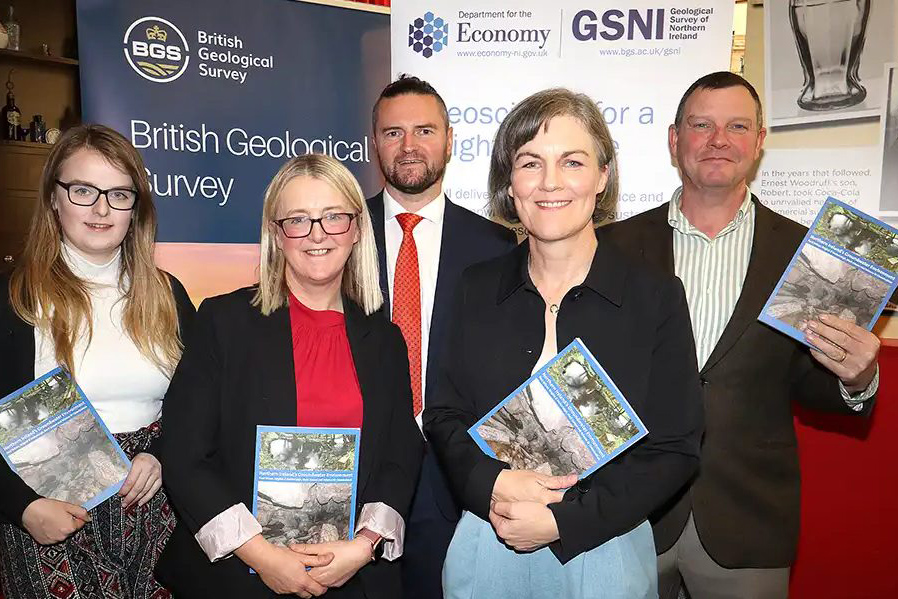
On 18 October 2023, the Geological Survey of Northern Ireland (GSNI) launched a new book and digital aquifer map, ‘Northern Ireland’s Groundwater Environment’, alongside BGS.
Groundwater is the water that is present beneath the land surface in pore spaces and fractures in rock. The book presents a regional overview of the current understanding of Northern Ireland’s groundwater environment, hydrogeology and groundwater resources.
A new digital aquifer map of Northern Ireland has also been released alongside the book. The map contains 11 different aquifers (bodies of groundwater); each aquifer has different characteristics such as how groundwater flows through it and the groundwater chemistry.
It’s wonderful to finally launch this book and map. Northern Ireland has some excellent groundwater resources that we get to showcase in the book and map, which will continue to support our society and economy. We anticipate that these products will support a new wave of groundwater development that will benefit Northern Ireland and the UK.
Paul Wilson, BGS Hydrogeologist.
BGS Hydrogeologist Paul Wilson and Brighid Ó Dochartaigh, BGS Senior Hydrogeologist, co-wrote the book with Dr Mark Cooper, GSNI Chief Geologist, and Rebecca Ní Chonchubhair, GSNI Hydrogeologist.
The book aims to help stimulate further interest in groundwater as a critical natural resource that used for public and private water supply. It also provides support for further development of groundwater resources in Northern Ireland, including new groundwater and geothermal energy supplies, and improved hydrogeological risk and environmental impact assessments for new developments.
Relative topics
Related news
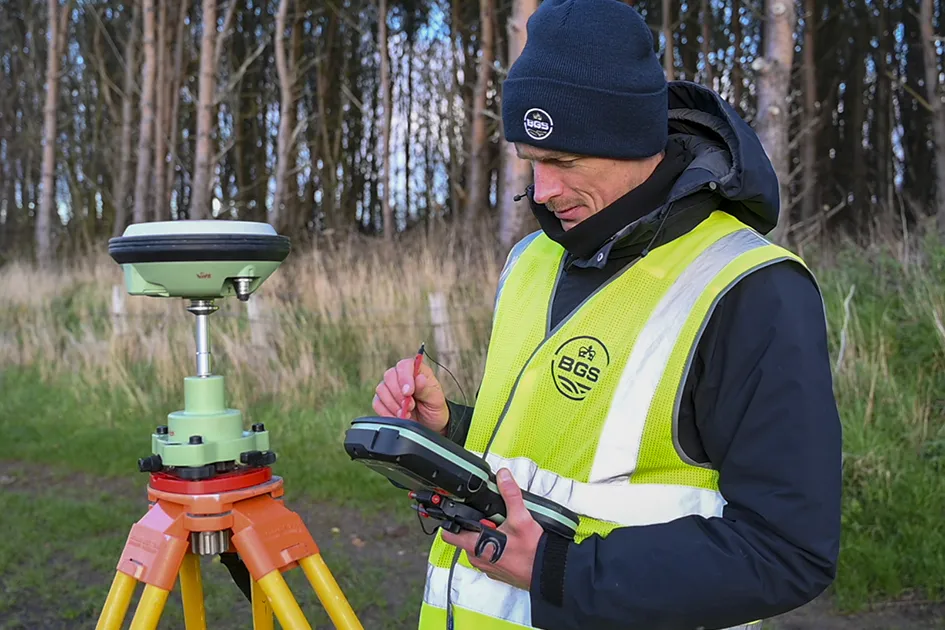
‘Three norths’ set to leave England and not return for hundreds of years
12/12/2025
The historic alignment of true, magnetic, and grid north is set to leave England, three years after they combined in the country for the first time since records began.
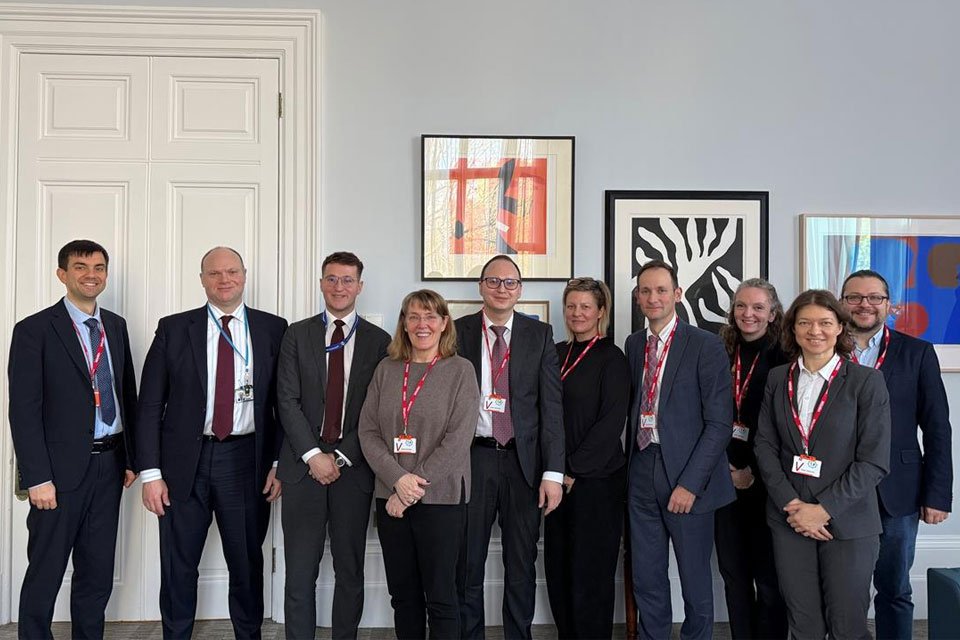
BGS agrees to establish collaboration framework with Ukrainian government
11/12/2025
The partnership will focus on joint research and data exchange opportunities with Ukrainian colleagues.
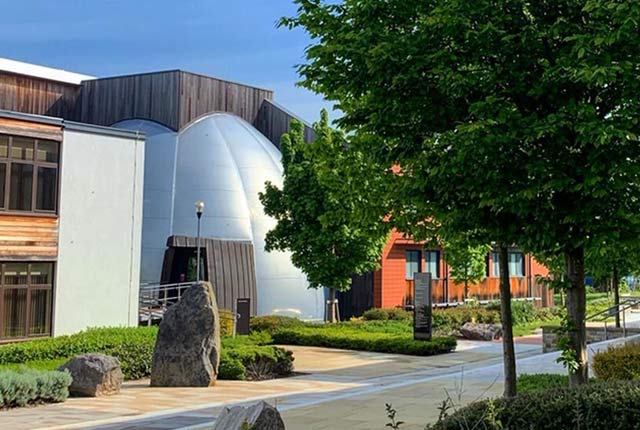
Making research matter: BGS joins leading research organisations in new national initiative
10/12/2025
A new alliance of 35 organisations has been formed that is dedicated to advancing science for the benefit of people, communities, the economy and national priorities.

New 3D model to help mitigate groundwater flooding
08/12/2025
BGS has released a 3D geological model of Gateshead to enhance understanding of groundwater and improve the response to flooding.
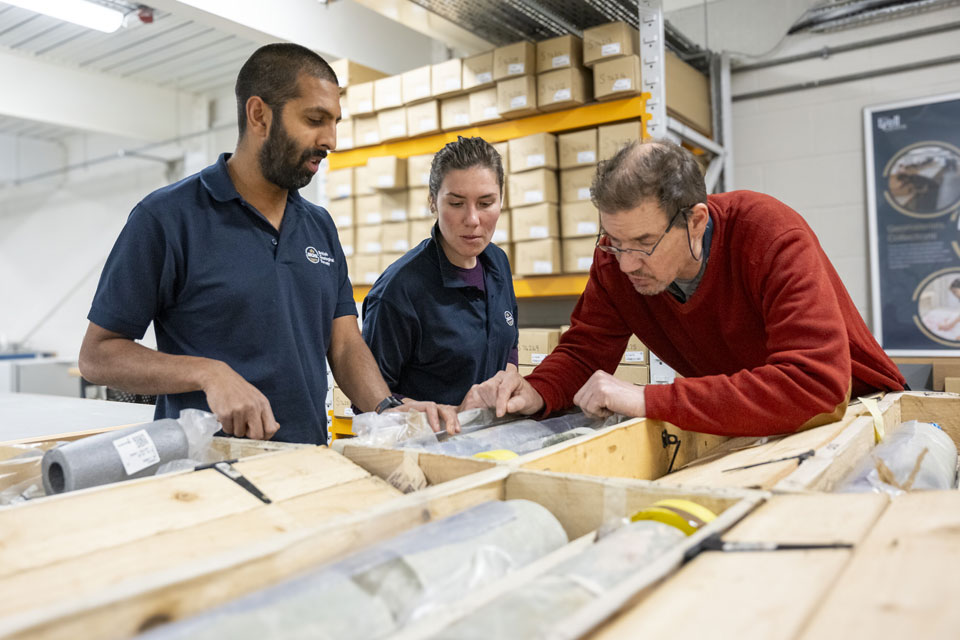
Scientists gain access to ‘once in a lifetime’ core from Great Glen Fault
01/12/2025
The geological core provides a cross-section through the UK’s largest fault zone, offering a rare insight into the formation of the Scottish Highlands.
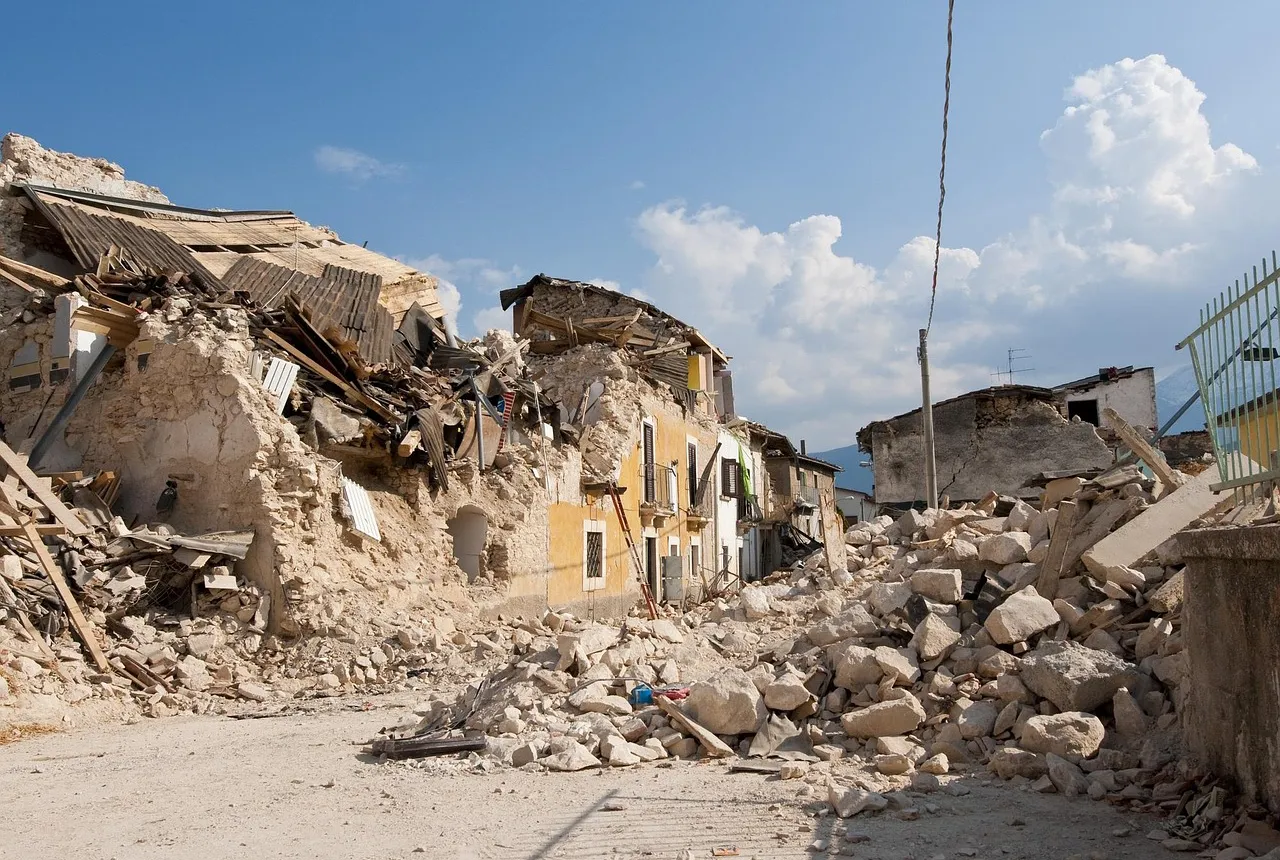
New research shows artificial intelligence earthquake tools forecast aftershock risk in seconds
25/11/2025
Researchers from BGS and the universities of Edinburgh and Padua created the forecasting tools, which were trained on real earthquakes around the world.

BGS welcomes publication of the UK Critical Minerals Strategy
23/11/2025
A clear strategic vision for the UK is crucial to secure the country’s long-term critical mineral supply chains and drive forward the Government’s economic growth agenda.

New funding awarded for UK geological storage research
21/11/2025
A project that aims to investigate the UK’s subsurface resource to support net zero has been awarded funding and is due to begin its research.

UK braced for what could be the largest solar storm in over two decades
12/11/2025
Intense geomagnetic activity could disrupt technology such as communication systems, global positioning systems and satellite orbits.
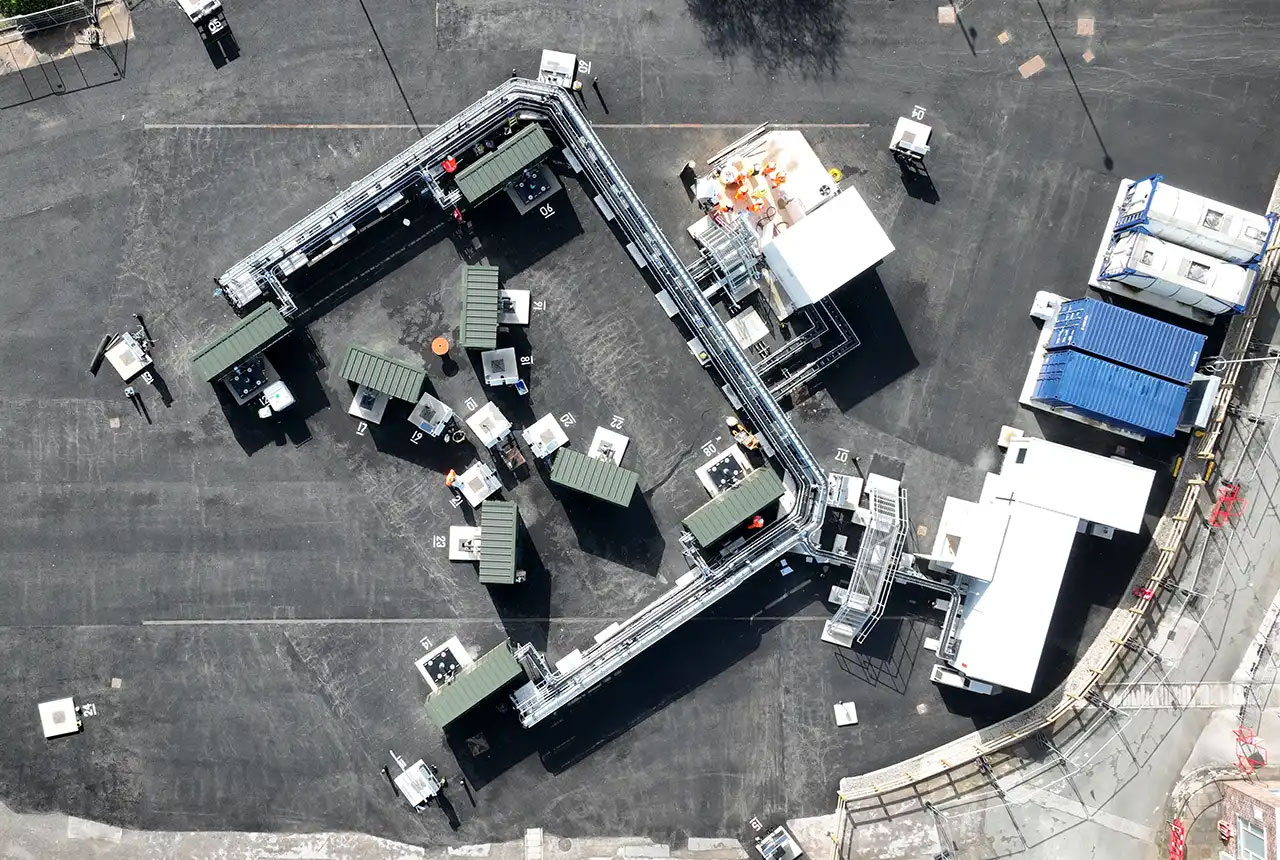
First distributed acoustic sensing survey completed at UK Geoenergy Observatory
12/11/2025
New research at the Cheshire Observatory has shown the potential for mapping thermal changes in the subsurface using sound waves.
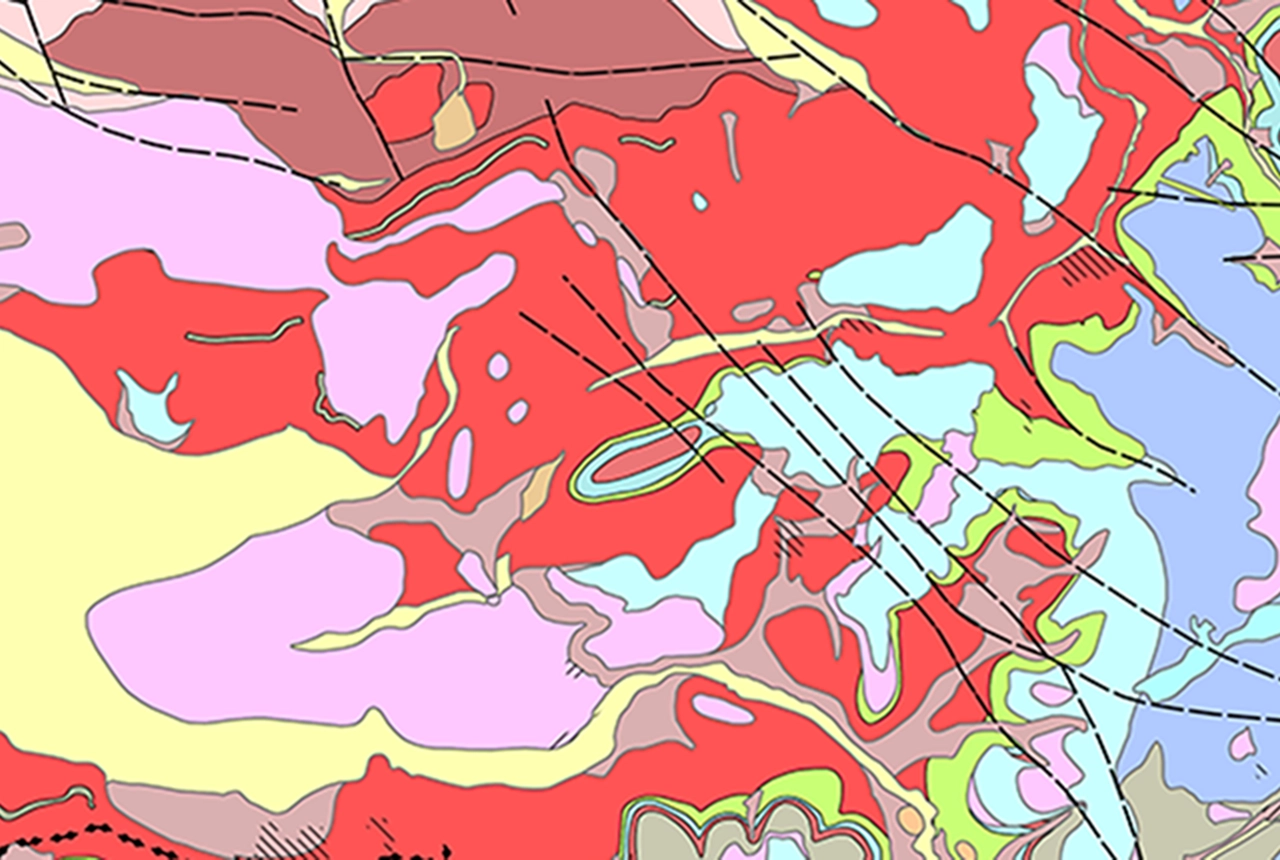
Latest BGS Geology 50K mapping data launched
06/11/2025
Some of our most widely used maps have received a major update, including the 1:50 000-scale map series that now includes enhanced coverage of Great Britain.

New research highlights significant earthquake potential in Indonesia’s capital city
04/11/2025
Research reveals that a fault cutting through the subsurface of Jakarta could generate a damaging earthquake of high magnitude.



